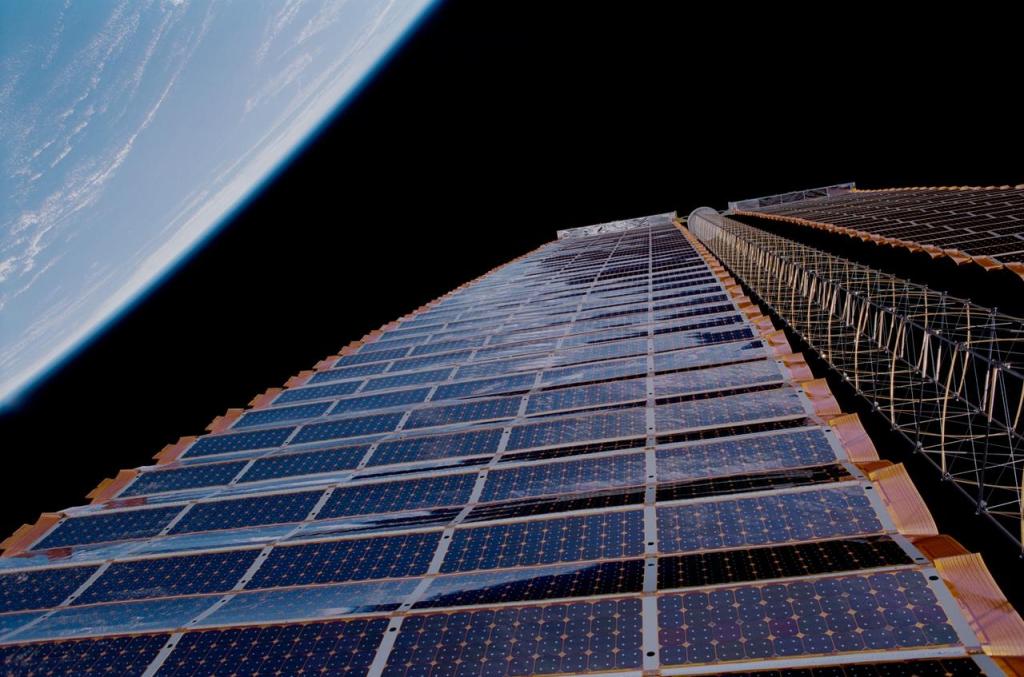Earth Day 2021 was celebrated with the highlighting of the Air Force Research Laboratory (AFRL) efforts to test, develop and implement space-based solar power to eliminate current supply chain risks and provide power directly to U.S. expeditionary forces.
The now ubiquitous Global Positioning System (GPS) was originally developed for military applications and has evolved into a multi-use system that is used every day by the general public. The development of space-based solar power is sure to follow a similar path into peacetime use by the entire planet.
SSPIDR is a series of Integrated Demonstrations and Technology Maturation efforts at the Air Force Research Laboratory (AFRL) Space Vehicles Directorate to address space-based power collection and transmission capabilities.
https://afresearchlab.com/technology/successstories/space-power-beaming/
Space-based solar power won’t be just a sci-fi dream forever, if things go according to the U.S. Air Force’s plans.
https://www.space.com/space-based-solar-power-air-force-sspidr-project
Space Solar Power has been internationally recognized as a foundational capability in need of development.
https://ladailypost.com/earth-day-feature-beaming-solar-power-from-satellite-array/





